As a nature lover, you might be thrilled to stumble upon Florida's touche of vibrant color amidst the subtropical landscape - the Eastern Coral Snake.
Flaunting its dazzling red, black, and yellow bands, this snake undoubtedly steals the show in the wild.
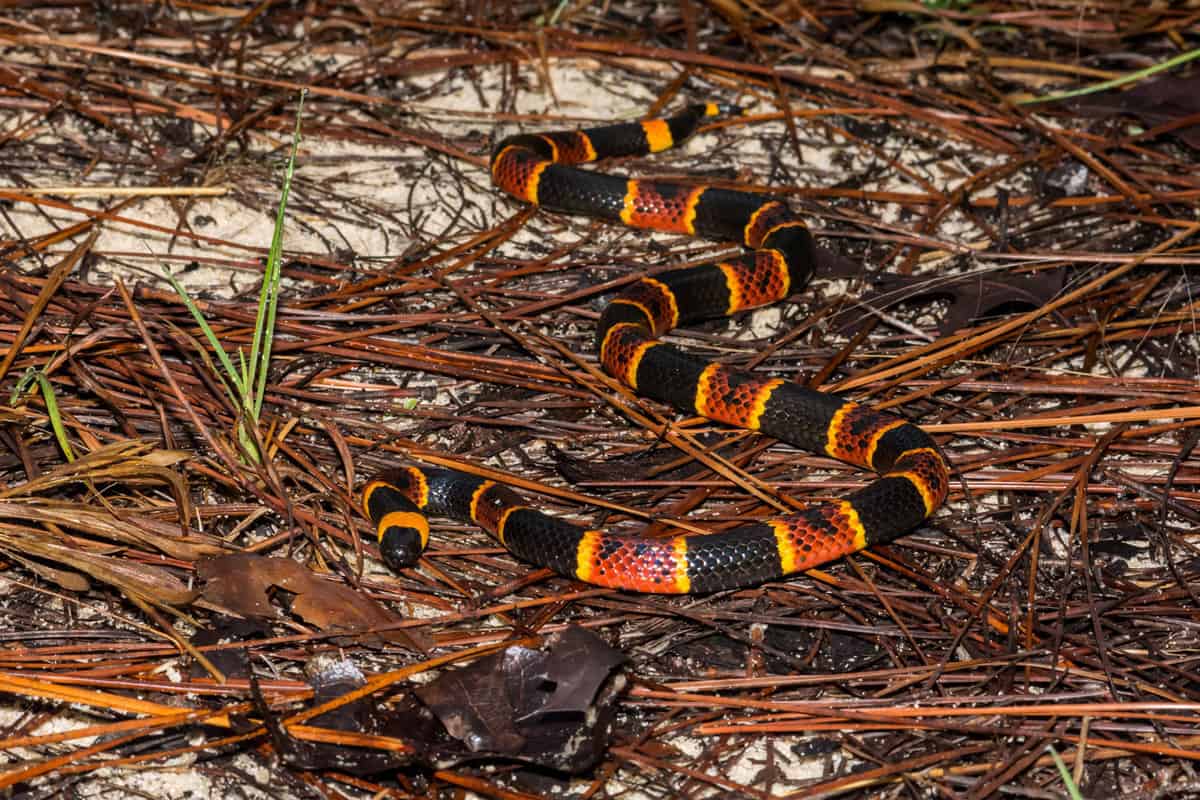
But beware, as its striking appearance serves as a warning sign for a reason: it contains a venom capable of causing grave consequences.
Let's discover this mysterious creature. Learn about its habitat and dangers to appreciate Florida's natural beauty while staying safe and informed.
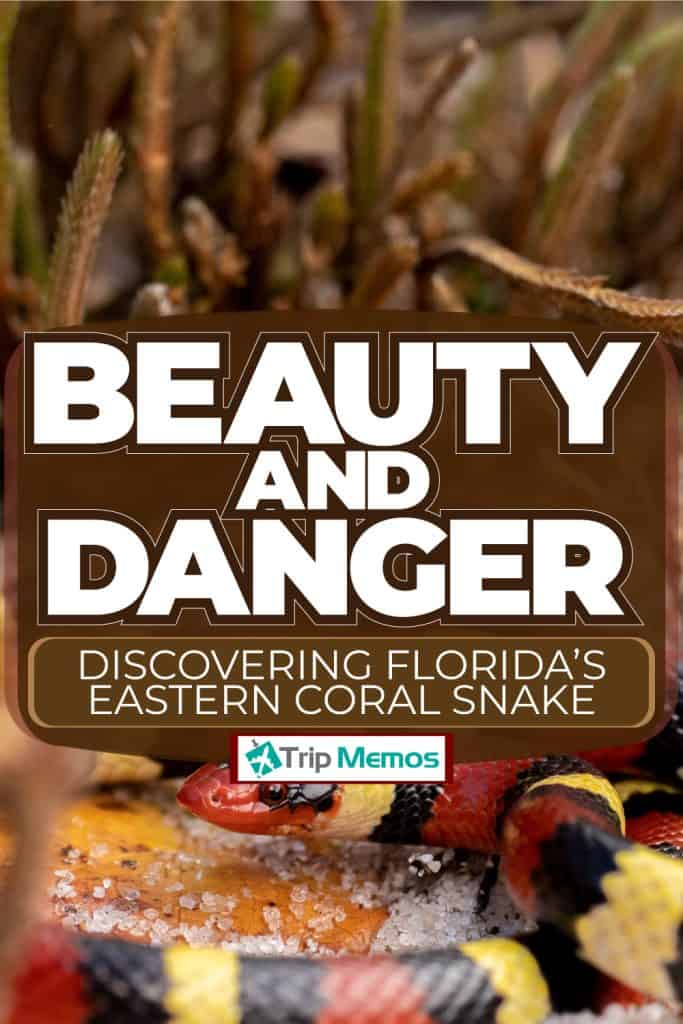
Identifying Eastern Coral Snakes
Eastern coral snakes are one of the most striking and recognizable snakes found in the southeastern United States.
Their vibrant color pattern and unique features make them stand out among other snake species. The eastern coral snake can be identified by:
Size
Eastern coral snakes are relatively small. They typically measure between 20 to 30 inches in length, although some can reach up to 40 inches.
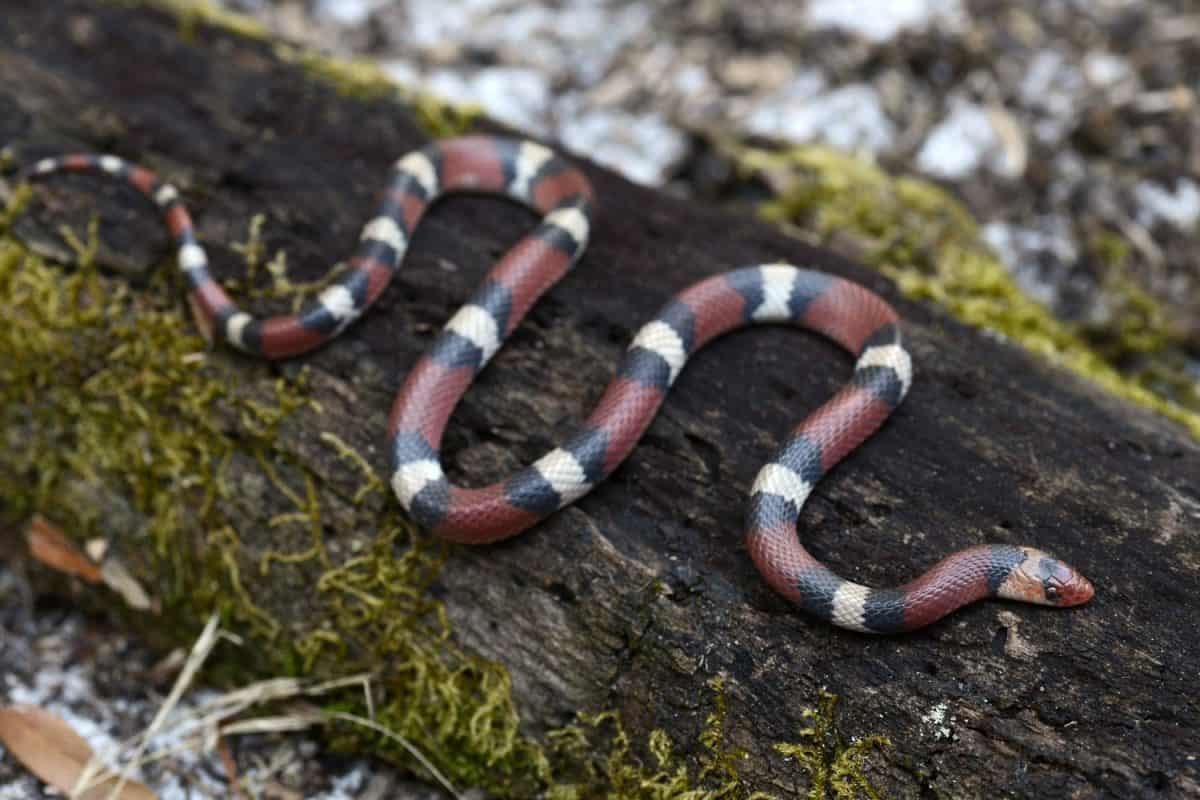
They have slender bodies with smooth, round, and glossy scales. The snout is often blunt, and the head isn't much broader than the body.
Color Pattern
A key factor in identifying an eastern coral snake is its distinctive color pattern.
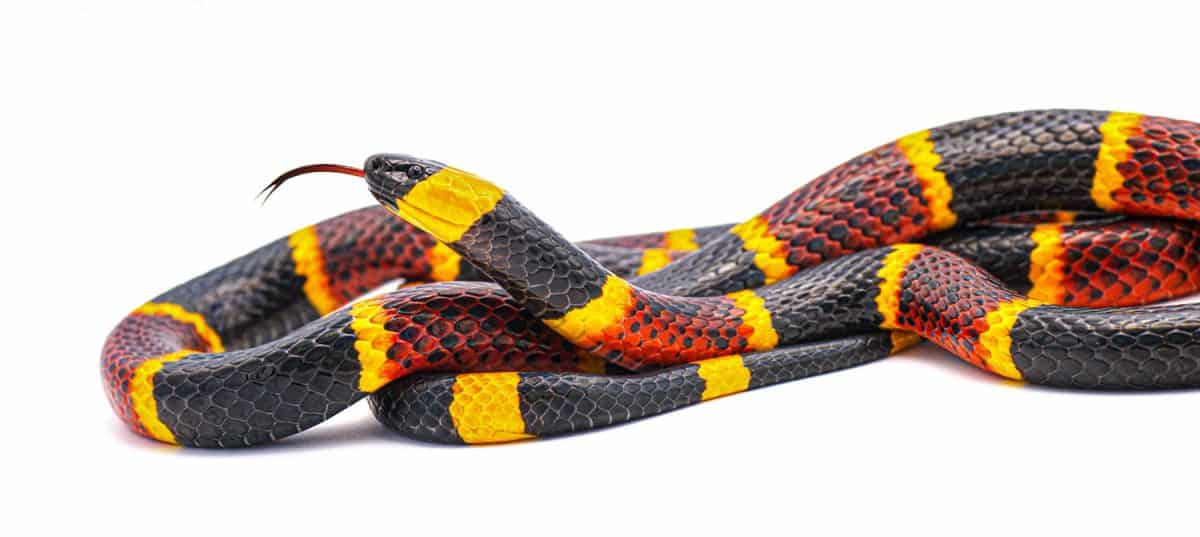
These snakes display red, black, and yellow bands that encircle their bodies, creating a stunning visual effect.
Rings
The rings on an eastern coral snake are unique. The red bands are always bordered by yellow bands, while the black bands are thicker and may touch the yellow bands.
These rings continue all the way to the tip of the snake's tail.
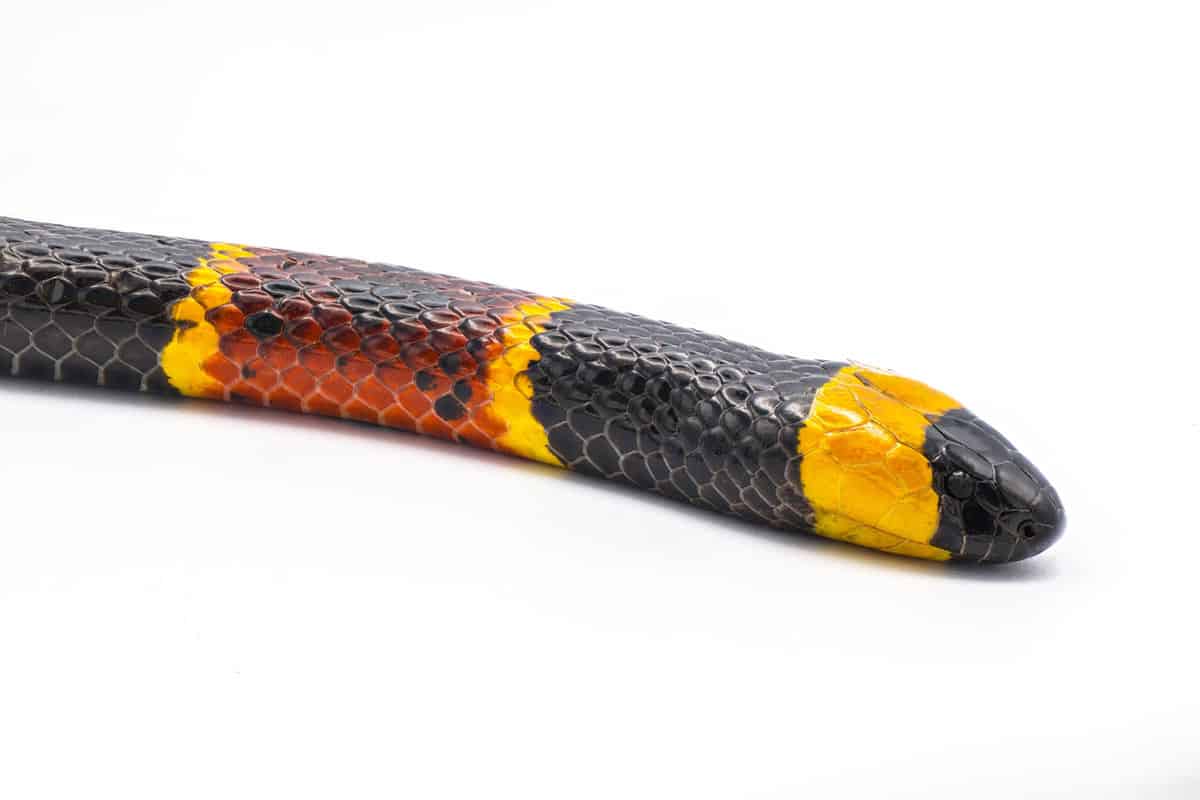
A popular rhyme to help differentiate eastern coral snakes from harmless mimics is: "Red touch yellow, kill a fellow. Red touch black, friend of Jack."
It's important to note that this pattern might not be foolproof, as variations do occur in nature.
Habitats and Distribution
Eastern coral snakes, recognized for their vibrant colors and potential danger, are widespread in various environments throughout Florida and Southeastern U.S., including North Carolina, South Carolina, Georgia, Alabama, Mississippi, and Louisiana.
These elusive snakes dwell in diverse ecosystems in Florida, such as hammocks, glade lands, pine areas, scrub oak, and live oak hammock communities, as well as slash pine and wiregrass flatwoods.

They favor sandy terrains and creek bottoms, which offer cover and access to their diet of small snakes, lizards, and amphibians.
Their secretive nature makes them hard to spot in the wild. Despite being non-aggressive, they carry potent neurotoxic venom causing severe respiratory distress if left untreated.
To ensure safety and maintain Florida's ecosystems, learn to identify snakes, avoid building habitats like woodpiles, and respect snakes' space in their natural environments.
Diet and Prey
Eastern Coral Snakes, native to Florida, primarily eat lizards and frogs.
They use unique hunting techniques, subduing prey with venom from their small, fixed fangs before swallowing it head-first.
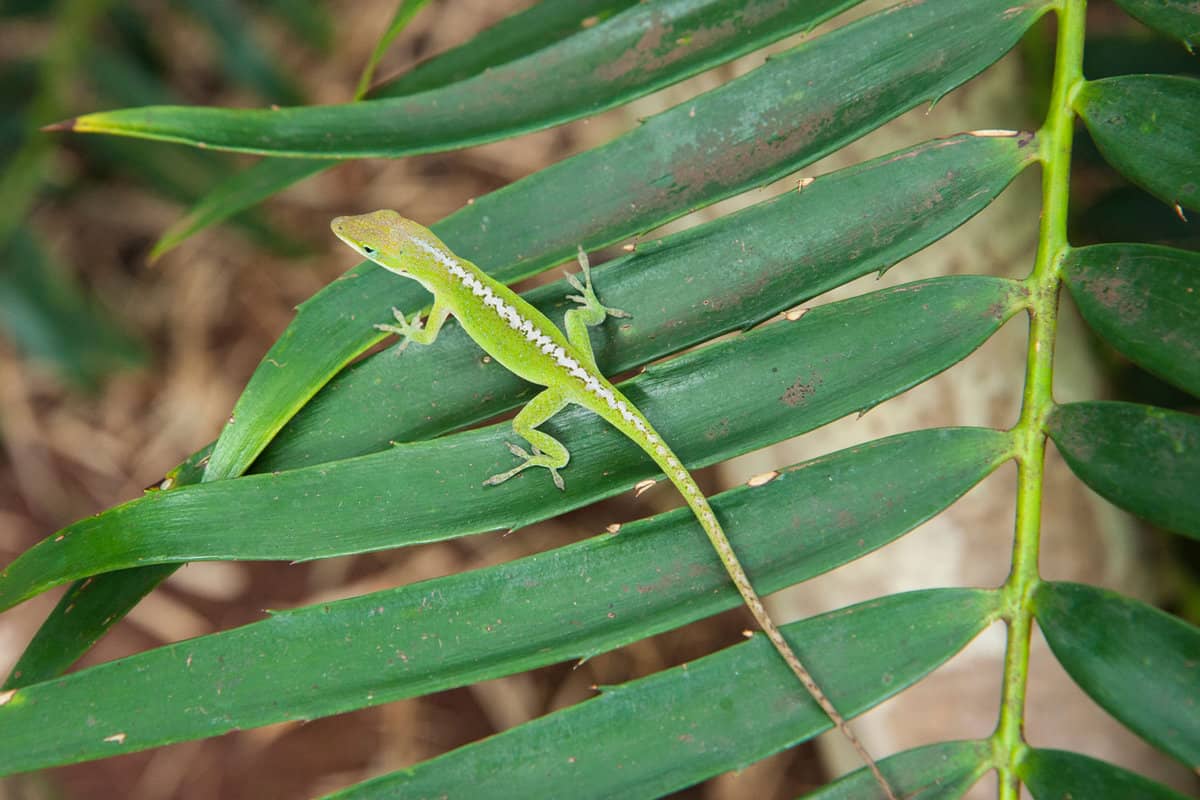
Their diet isn't limited to lizards and frogs; they also eat smaller snakes, providing a balanced diet.
Eastern Coral Snakes are opportunistic feeders, patiently waiting for prey to come within striking distance, and can go for months without eating if necessary.
Venom and Snakebites
Eastern Coral snakes are one of the most venomous snake species in the United States.
Their potent venom contains neurotoxins that can cause severe symptoms and even be fatal if left untreated.
The Experience of an Eastern Coral Snake Bite
When bitten by an Eastern Coral snake, you might not feel it at first. It's due to their relatively small fangs and a painless bite.
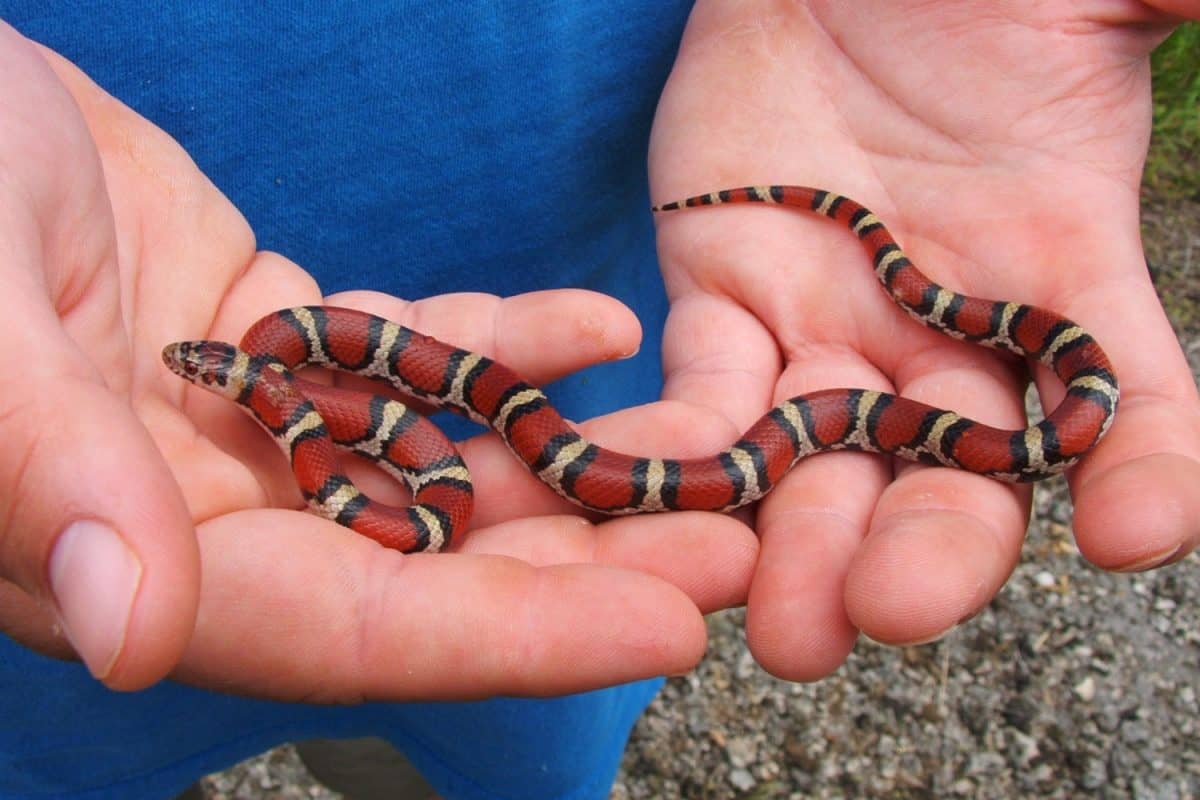
However, if envenomation occurs, you'll soon experience symptoms such as difficulty speaking, muscle weakness, blurred vision, and potentially respiratory failure.
Importance of Immediate Medical Attention
It's vital to seek immediate medical attention if you've been bitten by an Eastern Coral snake or suspect you have.
A specific antivenin, known as coral snake antivenin, can counteract the venom's effects and save your life.
It's important to remember that the neurotoxin can cause progressive symptoms, so early treatment is crucial.
Steps to Follow After a Snakebite
Below is a simple list of steps to follow if you've been bitten by an Eastern Coral snake:
1. Stay Calm
Panicking can increase your heart rate and allow the venom to spread more quickly.
2. Remove Jewelry and Tight Clothing
Swelling may occur around the bite area.
3. Keep the Affected Limb Immobilized
This can help reduce the spread of venom.
4. Seek Medical Help Immediately
Remember, time is a critical factor in treating a coral snake bite.
The Seriousness of Eastern Coral Snake Bites
Although Eastern Coral snake bites are comparatively rare, accounting for a low mortality rate, they should be taken seriously and treated promptly to minimize the risk.
By understanding the nature of their venom, symptoms associated with their bites, and the steps to take in case of a snakebite, you're better prepared to handle this beautiful yet dangerous reptile encounter.
Mimicry and Confusion
Florida, with its diverse ecosystems, is home to various snake species, including the captivating yet dangerous Eastern Coral Snake.
This snake's beauty is alluring, but it's crucial to recognize the threat it poses.
Understanding Batesian Mimicry and Snake Identification
A common natural phenomenon, Batesian mimicry, is where harmless species imitate dangerous ones to deter predators.
The Eastern Coral Snake, with its vibrant color patterns, is often mimicked by harmless species like the scarlet kingsnake and scarlet snake, causing confusion due to their similar appearance.
Here's a quick guide to differentiate them:
- Eastern Coral Snake: Red, yellow, and black bands, red touching yellow.
- Scarlet Kingsnake: Red, black, and yellow bands, red touching black.
- Scarlet Snake: Red, black, and white/cream bands, red touching black.
Identifying Other Venomous Snakes in Florida
Apart from the Eastern Coral Snake, other venomous species in Florida include copperheads, rattlesnakes, and cottonmouths.
Recognizing these snakes can better equip you for potential encounters.
Conservation and Threats
Eastern Coral Snakes in Florida, despite being listed as Least Concern on the IUCN Red List, face conservation challenges.
Urbanization: A Threat to Coral Snake Habitats
Habitat loss from urban development is a major concern, threatening their home territories.
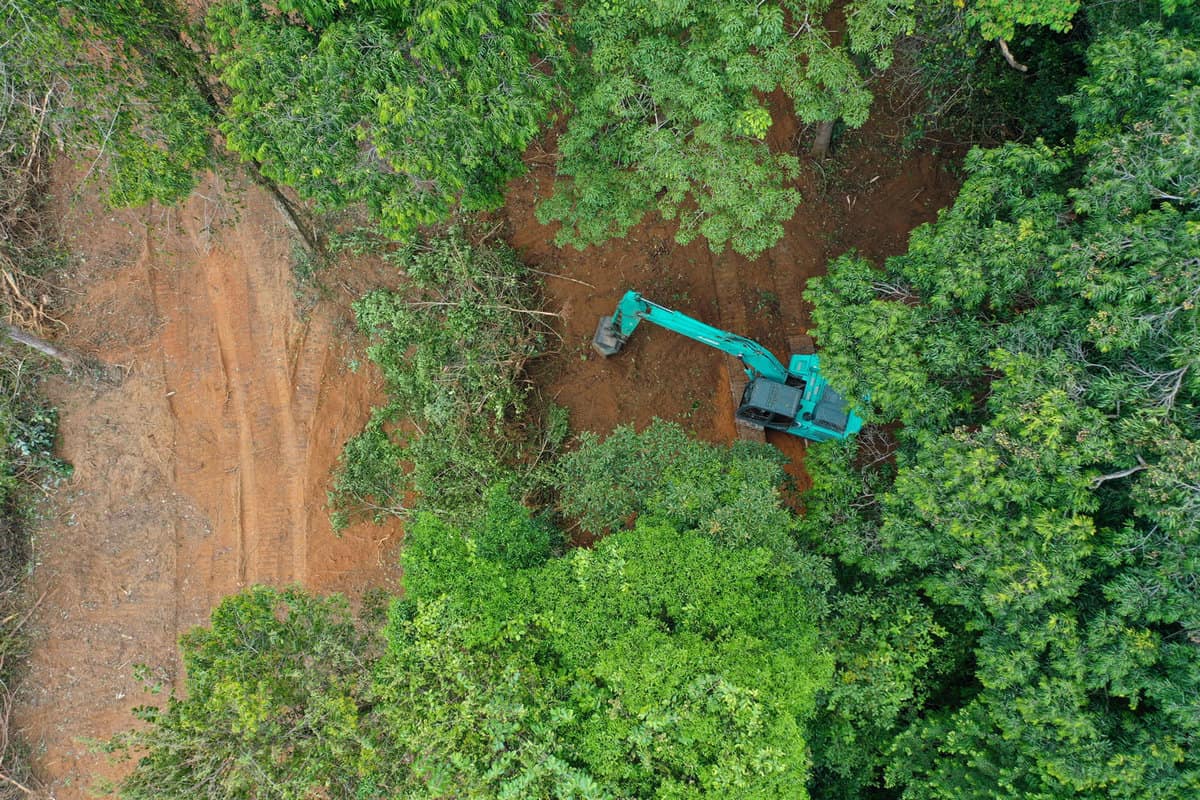
The impact of these changes on their population remains unclear, but conservation attention is needed.
Their resemblance to other venomous species can lead to harmful misunderstandings, causing harm to these snakes.
The Importance of Public Awareness and Education
Education and public awareness are crucial to ensure their safety.
There are conservation efforts in place, including habitat management, education programs, and research.
By supporting these initiatives, you contribute to the preservation of the Eastern Coral Snake.
A Serene Sight Meets a Cautious Encounter: Eastern Coral Snake's Enigma
As we conclude our exploration of the Eastern Coral Snake, remember the allure and danger of this creature captivates Florida's nature enthusiasts.
Admire its beauty, but proceed with caution. While adventuring in areas these snakes inhabit, respect their space and habitat to safely marvel at their complexity.
Understanding their role in Florida's ecosystem enhances our bond with nature. Share your insights about the Eastern Coral Snake with others.
Ignite their curiosity and inspire exploration into Florida's magnificent natural world. Encourage them to appreciate both the beauty and the peril in their adventures
Take a look at the articles below to discover more amazing animals.
17 Iconic Animals to Spot in the Florida Keys
Cayo Costa: Where Wild Dolphins and Secret Beaches Await
